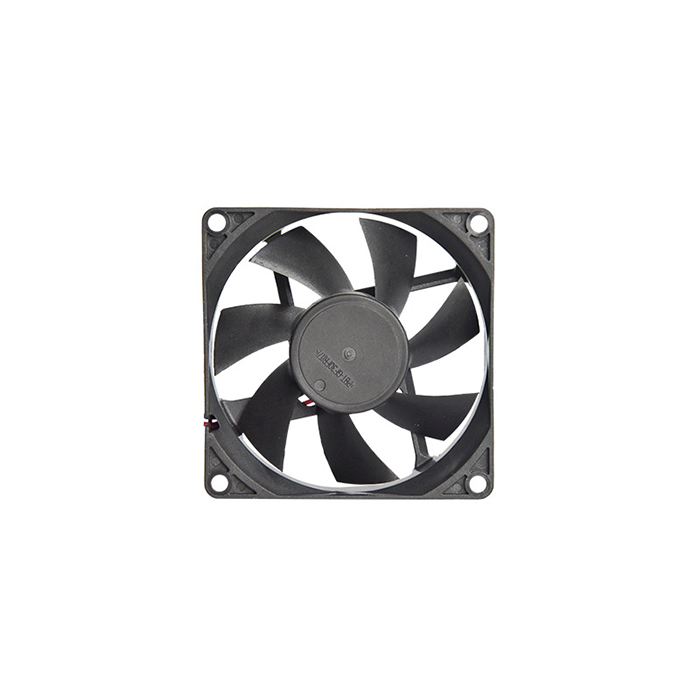Fans are a common type of cooling device used in industrial, commercial and residential applications to reduce temperature, ventilate and change air. AC fans and DC fans are two common types of fans that have some performance differences.
Firstly, AC and DC fans work on different principles. AC fans work through a direct supply of alternating current, and the higher the frequency, the higher the speed, but with high power consumption. The DC fan operation principle utilises the Ampere's right hand rule and is controlled by Hall sensing components, which has low power consumption and high speed.
Secondly, the performance differences between AC and DC fans are mainly reflected in the following aspects:
1. air volume and air pressure: DC fans usually have higher air pressure and air volume than AC fans because the blade design and drive method of DC fans are more conducive to generating high air pressure and air volume.

2. Noise: DC fans are usually quieter than AC fans because the blade design and drive method of DC fans are more conducive to reducing noise.
3. Operational stability: DC fans are usually more stable than AC fans because DC fans are driven in a more stable manner and are less likely to be affected by fluctuations in the power grid.
4. speed performance: DC fan speed performance is usually better than the AC fan, this is because the DC fan can change the drive voltage to achieve stepless speed regulation, while the AC fan can only be achieved through the frequency converter or other speed regulator step speed regulation.
5. Service life: the service life of DC fans is usually longer than that of AC fans, because DC fans are driven in a more stable way and are less likely to be affected by fluctuations in the power grid, and the blades and bearings and other components of DC fans are also more durable.
In summary, there are some performance differences between AC and DC fans. When choosing a fan type, comprehensive consideration needs to be made based on specific application needs and performance requirements. For example, DC fans may be more suitable for applications requiring high air volume and air pressure; DC fans may be more suitable for applications requiring low noise and stable operation; and DC fans may be more suitable for applications requiring stepless speed regulation and long service life.